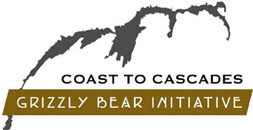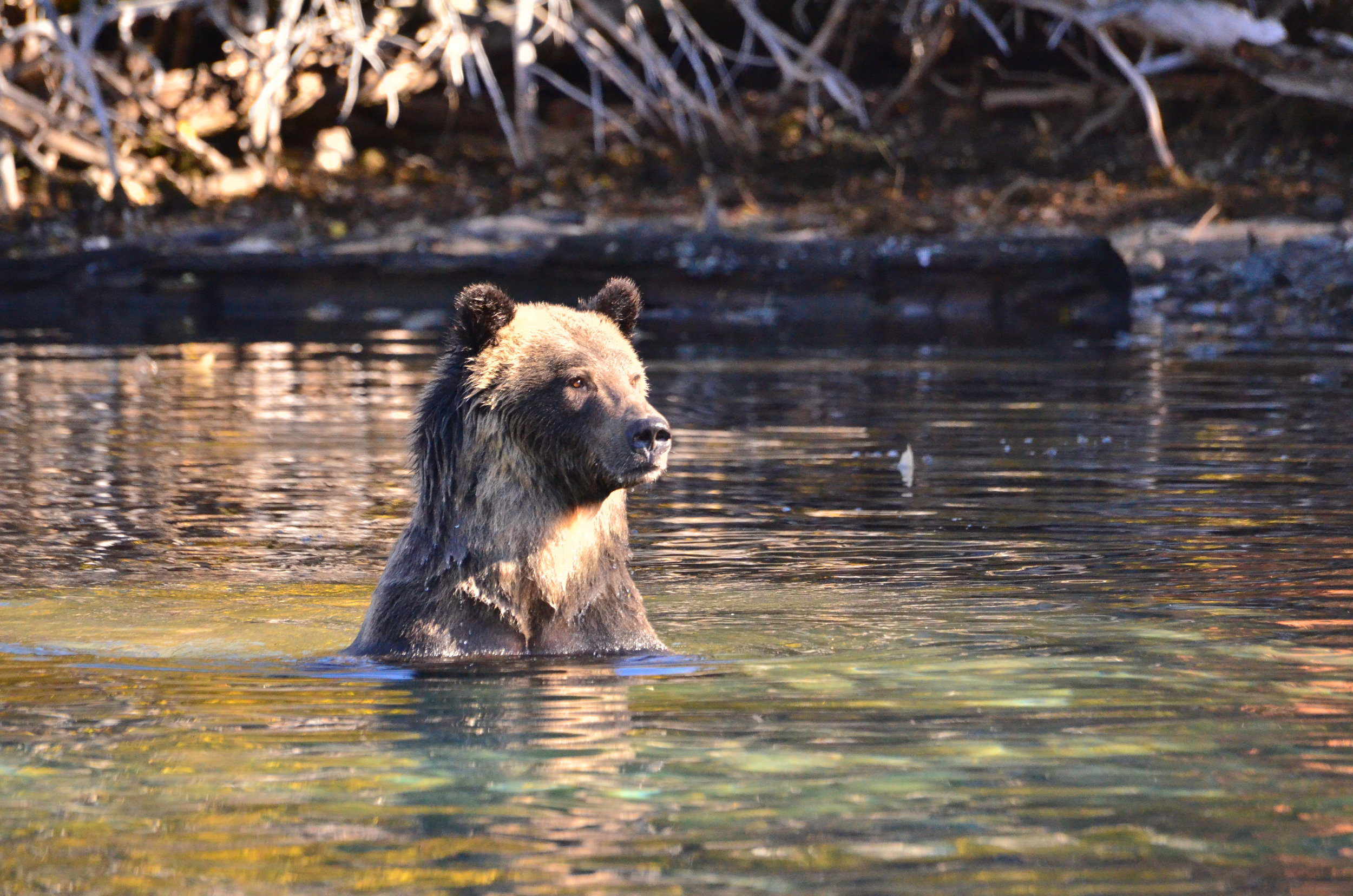Fueled by the US National Park Service the US Federal government has decided to take the significant first step to restore grizzly bears to the Washington Cascades. Cascades grizzlies are critically endangered with only a handful of animals in the entire Cascades range. Thousands of grizzlies once roamed these rugged mountains and valleys.
Why is this a big deal?
For starters it’s the first US effort to recover grizzly bears outside of the Rocky Mountains. The Cascades represents the last Pacific coast grizzlies in the continental US. For another it’s taken 25 years to get to this point. This point is an Environmental Impact Statement (EIS) which is a process under US law that seeks community input and explores alternatives for achieving the stated objectives of a federal government action – in this case whether and how to recover grizzly bears in the Cascades. Since the EIS price tag is roughly a million beans it’s unlikely that the US government would dwell much on the “whether” of recovery but more likely the “how”. The Cascades is a federally designated Grizzly Bear Recovery Zone.
Of course the Cascades ecosystem doesn’t stop at Washington’s border with BC. It’s a transboundary system with two flagship parks on either side – Manning Provincial Park in BC and the sprawling North Cascades National Park and wilderness complex in WA. Together these wildlands encompass about 14,000 square miles.
So what does a US grizzly bear process mean for BC? For one thing the BC government has a representative on the Interagency Grizzly Bear Committee (IGBC) that oversees grizzly bear recovery in the lower 48 states. That rep has a hand in shaping recovery policies and strategies. For another, grizzly bears and other wild creatures don’t recognize the international boundary. So US bears are BC bears are US bears.
But more importantly, the Cascades represents the southernmost occurrence of grizzlies on the west coast, such as it is, with fewer than 10 bears. The grizzlies of southwest BC are faring better but not by much. There are only about 100 grizzly bears in a sprawling mountainous landscape from the US border up to the South Chilcotin mountains. All four of southwest BC’s grizzly bear “subpopulations” are considered “threatened” by the BC government and are still declining in areas like the iconic Stein Valley Park.
Should these bears continue to disappear it would amount to a gaping hole in BC’s grizzly bear distribution; and at a time when our US neighbors are finally moving ahead to recover this iconic animal. Transboundary wildlife populations require bi-national actions.
BC needs to step up to the proverbial plate on grizzly bear recovery planning and habitat protections. Let’s act before it’s too late.
Rough steps to GB recovery in the US Cascades likely beginning in early October and lasting up to 3 years.
- Notice of Intent is published in the Federal Register including a schedule for the EIS process. “Scoping” of issues relevant to grizzly bear recovery.
- Public information sessions and open houses are held in communities around the state.
- A Draft EIS is produced which typically includes a range of recovery options that could range from “No Action” to “the transplant of x number of bears over xx years into the Cascades from more robust populations”.
- Public comment is again accepted on the Draft EIS.
- A Final EIS is written with the “preferred recovery alternative” and a Record of Decision is posted in the Federal Register
Article By Claire Ruddy, C2C Outreach Coordinator

